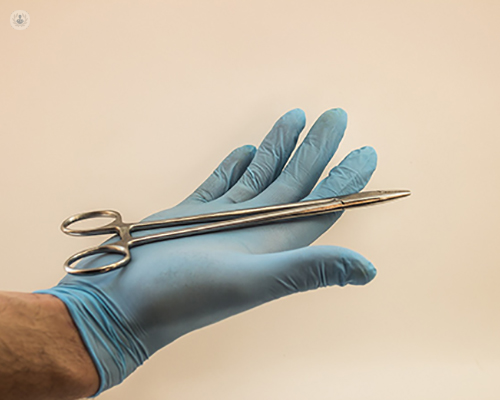Gallbladder surgery: What to expect before, during, and after cholecystectomy
Autore:Cholecystectomy is a surgical procedure recommended for patients facing significant gallbladder problems. Here, we will delve into what cholecystectomy involves, why it may be necessary, and what patients can anticipate before, during, and after the surgery.

What is cholecystectomy?
Cholecystectomy is a surgical procedure carried out to remove the gallbladder, a small organ situated beneath the liver that stores bile produced by the liver. Bile aids in digestion by breaking down fats in the small intestine.
Why is cholecystectomy performed?
Cholecystectomy is most commonly performed to treat gallstones. Gallstones are solid formations of digestive fluid that may develop within the gallbladder. These stones can cause intense pain, inflammation, infection, or blockages in the bile ducts, leading to complications such as pancreatitis or jaundice.
Types of cholecystectomy
There are two main types of cholecystectomies: laparoscopic (keyhole surgery) and open surgery.
• Laparoscopic cholecystectomy: This is the most common approach. It involves making several small incisions in the abdomen through which a tiny camera and surgical instruments are inserted. The surgeon uses these instruments to remove the gallbladder.
• Open cholecystectomy: In certain situations, such as complications or unsuitability for laparoscopic surgery, open surgery may be necessary. This requires a larger cut in the abdomen to extract the gallbladder.
Preparing for surgery
Prior to surgery, your medical team will give you detailed instructions. This typically includes fasting for several hours beforehand and possibly adjusting medications. You may also undergo tests such as blood work and imaging to assess your overall health and the condition of your gallbladder.
During the procedure
During a laparoscopic cholecystectomy, you will receive general anaesthesia to ensure you are asleep and pain-free throughout the surgery. The surgeon will then proceed with the removal of the gallbladder through the small incisions.
Recovery and aftercare
After surgery, you will be monitored in a recovery area until the anaesthesia wears off. Most patients can go home the same day or the following day, depending on their recovery. You may experience some discomfort around the incision sites and may be prescribed pain medication as needed.
Potential risks and complications
Like any surgery, cholecystectomy carries risks, including bleeding, infection, injury to nearby structures, and very rarely, bile leakage. Your surgical team will discuss these risks with you beforehand.
Life after cholecystectomy
Most patients can return to their usual activities within several days to a week after the surgery. Without a gallbladder, bile flows directly from the liver into the small intestine, which may cause loose stools in some people. However, most patients adapt well to these changes.


